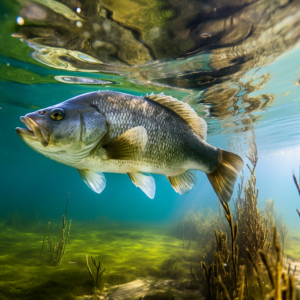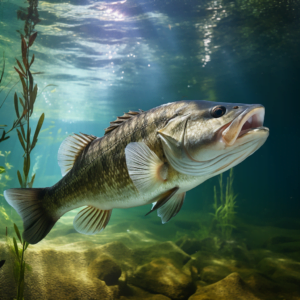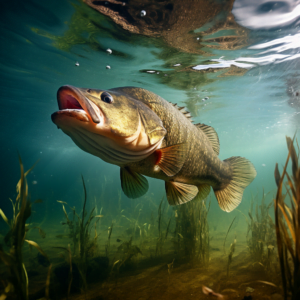So you want to know what size bass is ideal for catching? Well, it really depends on what you’re looking for. Are you hoping to reel in a trophy-sized fish, or are you simply looking for some bass to fry up for dinner? Let’s dive into the world of bass fishing and figure out what size might be the best fit for you.
When it comes to bass, there’s a wide range of sizes to choose from. You’ve got your largemouth bass, which can grow to be quite large and put up a good fight. Then there’s the smallmouth bass, which tend to be a bit smaller but are known for their feistiness. And let’s not forget about the spotted bass, which fall somewhere in between.
The ideal size of bass really depends on your own preferences and goals as an angler. Some people enjoy the challenge of battling a larger, more elusive fish, while others might prefer the satisfaction of reeling in a smaller bass. In our upcoming article, we’ll delve deeper into the different sizes of bass and explore the pros and cons of each. So stay tuned for more information on what size bass might be ideal for your next fishing adventure.
Introduction to Bass Fishing
Bass fishing is a popular sport enjoyed by anglers all over the world. Whether you’re a beginner or an experienced fisherman, the thrill of catching a bass can be exhilarating. However, one question that often comes up is, “What size bass is ideal for catching?” In this article, we will explore the different factors to consider when choosing the right size bass to catch, the effects of under-sized and over-sized bass, how to determine the size of a bass, and tips for catching the right size.
| Bass Species | Ideal Catch Size (inches) | Common Habitats | Recommended Bait/Lures |
|---|---|---|---|
| Smallmouth Bass | 12 – 16 | Clear, cool lakes and rivers | Crankbaits, jigs, tube baits |
| Largemouth Bass | 14 – 20 | Lakes, ponds, rivers | Plastic worms, spinnerbaits |
| Spotted Bass | 12 – 18 | Rivers and reservoirs | Soft plastics, spinnerbaits |
Types of Bass
Before we delve into the ideal size for catching bass, it’s important to understand the different types of bass that anglers commonly target. There are three main species of bass:
Smallmouth Bass: Smallmouth bass are known for their aggressive behavior and strong, acrobatic fights. They are usually found in clear and cool water bodies, such as rivers and lakes. Smallmouth bass are characterized by their brown or bronze coloration and vertical stripes along their bodies.
Largemouth Bass: Largemouth bass are the most popular species among bass anglers. They can be found in various habitats, including lakes, ponds, and rivers. Largemouth bass are known for their large mouths and distinctive dark lateral line that runs along their bodies.
Spotted Bass: Spotted bass are often confused with largemouth bass due to their similar appearance. However, spotted bass have a smaller mouth, a more streamlined body, and jaw lines that do not extend beyond the eye. They are typically found in rivers and reservoirs.
Each species of bass has its own unique characteristics and behaviors, which can influence the ideal size for catching.
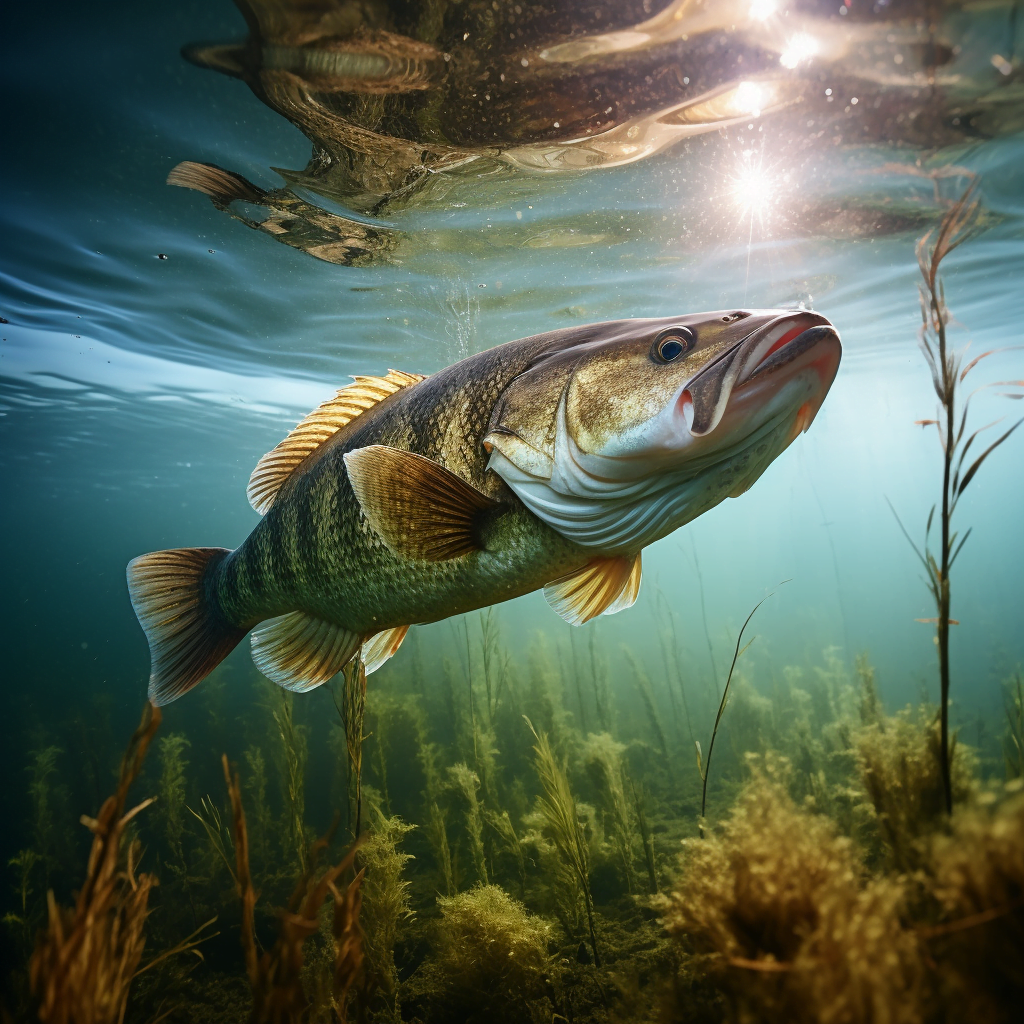
Importance of Choosing the Right Size Bass
Choosing the right size bass is crucial for several reasons. Firstly, it ensures the sustainability of the fish population. Catching under-sized or over-sized bass can have negative impacts on the overall population and disrupt the delicate balance of the ecosystem. Secondly, catching the right size bass allows anglers to enjoy the sport responsibly, ensuring that the fish have a chance to grow and reproduce. Lastly, following size regulations and guidelines is not only ethical but also helps to maintain a healthy bass fishery for the future.
Factors to Consider
Several factors should be taken into account when determining the right size bass to catch. These factors include the fishing location, targeted species, and fishing technique.
Fishing Location
The fishing location plays a significant role in determining the ideal size of bass to catch. In certain areas, there may be specific size restrictions or regulations in place to protect the bass population. Additionally, the habitat and food sources in the fishing location can influence the size of the bass. For example, if the location has an abundance of prey fish, the bass may grow larger due to the availability of food.
Targeted Species
Different species of bass have different average sizes, and anglers often have specific preferences for the species they want to catch. It’s important to consider the average size range for the targeted species and aim for bass within that range. This ensures that the fish have reached maturity and had the opportunity to reproduce before being caught.
Fishing Technique
The fishing technique used can also impact the ideal size of bass to catch. For example, if you’re using topwater lures or fishing the shallows, you may have better chances of catching smaller bass. On the other hand, if you’re using deep-diving crankbaits or fishing in deeper waters, you’re more likely to catch larger bass. Adapt your fishing technique according to the size of bass you’re hoping to catch.
Ideal Sizes for Bass Fishing
Let’s now explore the ideal sizes of bass for each species commonly targeted by anglers:
Smallmouth Bass: Best Sizes to Catch
For smallmouth bass, the ideal sizes to catch are typically between 12 and 16 inches in length. Bass within this size range are usually considered adults and have reached sexual maturity. These sizes allow for a good fight and are commonly targeted by anglers looking for a thrilling battle.
Largemouth Bass: Optimal Sizes for Catching
Largemouth bass have a wider size range compared to smallmouth bass. The optimal sizes for catching largemouth bass are typically between 14 and 20 inches. Bass within this range are mature and provide anglers with a substantial fight. However, it’s important to note that different regions may have specific regulations regarding the size limits for largemouth bass, so always check the local fishing regulations before heading out.
Spotted Bass: Recommended Size Ranges
Spotted bass also fall within a similar size range to largemouth bass. The recommended size ranges for catching spotted bass are typically between 12 and 18 inches. As with largemouth bass, always be aware of any specific size restrictions in the fishing location you’re targeting these bass.
Effects of Under-Sized Bass
Catching under-sized bass can have several negative impacts on the fish population and the fishing experience as a whole.
Negative Impacts on Fish Population
When under-sized bass are caught, it can disrupt the reproductive cycle of the species. These smaller fish may not have had the chance to spawn and contribute to the future population. Over time, this can lead to a decline in the number of bass, affecting the fishing opportunities for anglers.
Unsustainable Fishing Practices
Frequent catching and keeping of under-sized bass can lead to unsustainable fishing practices. These practices can deplete the bass population, making it harder for the species to recover and grow to their full potential.
Legal Consequences
Catching under-sized bass can also have legal consequences. Many fishing regulations specify minimum size limits for bass, and anglers who fail to comply with these regulations may face fines or other penalties.
Effects of Over-Sized Bass
While catching large bass can be exciting for anglers, there are also potential drawbacks to consider.
Challenges in Handling and Releasing
Handling and releasing over-sized bass can be more challenging compared to smaller ones. The sheer size and weight of these fish can make them difficult to handle safely, leading to increased stress on the fish. To minimize harm, it’s important to use appropriate fishing gear and techniques when targeting over-sized bass.
Impact on Ecosystem
Over-sized bass, especially when present in large numbers, can have a significant impact on the ecosystem. These large predators can alter the balance of the aquatic environment by feeding on smaller fish and disrupting the food chain. This can have ripple effects throughout the ecosystem and potentially harm other fish species.
Ethical Considerations
Ethics also come into play when catching over-sized bass. While the capture of large fish may be seen as a personal achievement, it’s important to consider the well-being of the fish and the sustainability of the fishery. Catching and releasing large bass allows them to continue growing and reproducing, ensuring the longevity of the species.
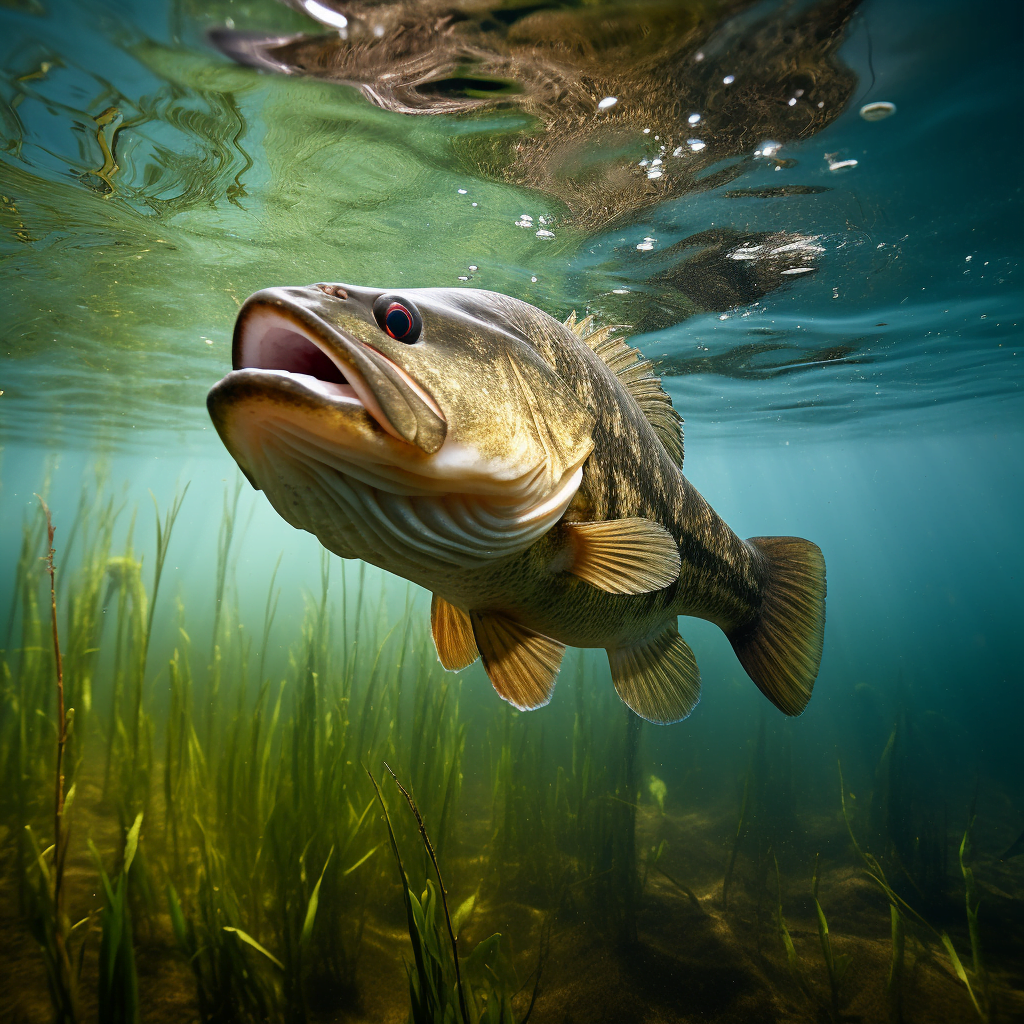
How to Determine the Size
There are several methods you can use to determine the size of a bass:
Measuring and Weighing Techniques
Measuring the length and weighing the bass can provide an accurate assessment of its size. Using a reliable measuring tape or ruler, measure the total length from the tip of the snout to the tip of the tail. To weigh the bass, use a scale specifically designed for fish. This information can then be compared to size regulations or average size ranges to determine if the bass falls within the ideal size for catching.
Using Fishing Regulations and Guidelines
Fishing regulations and guidelines often provide specific information on the size limits for bass in a given region or fishing location. These regulations are put in place to protect the fish population and allow for sustainable fishing practices. By familiarizing yourself with these regulations, you can ensure that you’re only targeting bass within the legal and ethical size limits.
Estimating Size through Visual Comparison
Experienced anglers can also estimate the size of a bass through visual comparison. By observing the size of the bass in relation to familiar objects, such as fishing equipment or your hand, you can make an educated guess about its size. While this method may not provide exact measurements, it can give you a general idea of whether the bass falls within the desired range.
Tips for Catching the Right Size Bass
To increase your chances of catching bass within the ideal size range, consider the following tips:
Selecting the Appropriate Bait and Lures
Choosing the right bait and lures can make a significant difference in the size of the bass you catch. Larger baits and lures are more likely to attract larger fish, while smaller baits are better suited for smaller bass. Tailor your bait selection to the size of bass you’re targeting.
Adjusting Fishing Techniques
Adapting your fishing techniques can also help in catching the right size bass. If you’re consistently catching under-sized bass, consider changing your technique to target larger fish. Experiment with different retrieve speeds, depths, and locations to find the sweet spot for the size of bass you’re looking to catch.
Observing Fish Behavior and Habitat
Pay close attention to the behavior and habitat of the bass in the fishing location. Observe their feeding patterns, preferred hiding spots, and movement in the water. This information can help you identify areas where larger bass may be lurking, increasing your chances of targeting the right size fish.
Conservation and Responsible Fishing
Responsible fishing practices are essential for the sustainability of bass populations and the enjoyment of the sport for future generations. Consider the following conservation and responsible fishing practices:
Promoting Catch and Release
Catch and release is an essential practice for bass fishing. By releasing healthy fish back into the water, you allow them to grow and reproduce, ensuring the long-term sustainability of the fishery. Use proper handling techniques and equipment to minimize stress on the fish during the release process.
Following Local Fishing Regulations
Always adhere to local fishing regulations and size limits when targeting bass. These regulations are designed to protect the fish population and maintain a healthy balance in the ecosystem. Failure to comply with these regulations can have negative consequences for both the fish population and the angler.
Educating Fellow Anglers
Share your knowledge and passion for responsible bass fishing with fellow anglers. Encourage others to practice catch and release and educate them about the importance of choosing the right size bass. By spreading awareness, we can ensure that future generations can enjoy the thrill of bass fishing responsibly.
Conclusion
In conclusion, choosing the right size bass is essential for both the sustainability of the fish population and the enjoyment of the sport. Factors such as fishing location, targeted species, and fishing technique should be taken into consideration when determining the ideal size to catch. Both under-sized and over-sized bass can have negative impacts on the fish population and ecosystem, making it crucial to choose the right size. By using measuring techniques, following fishing regulations, and estimating size through visual comparison, anglers can make informed decisions when it comes to catching the right size bass. Additionally, practicing catch and release, following local fishing regulations, and educating fellow anglers about responsible fishing techniques are important for the conservation of bass and the enjoyment of the sport. So, next time you head out on a bass fishing adventure, remember the importance of choosing the right size to balance sport and conservation, and enjoy the thrill of bass fishing responsibly.

